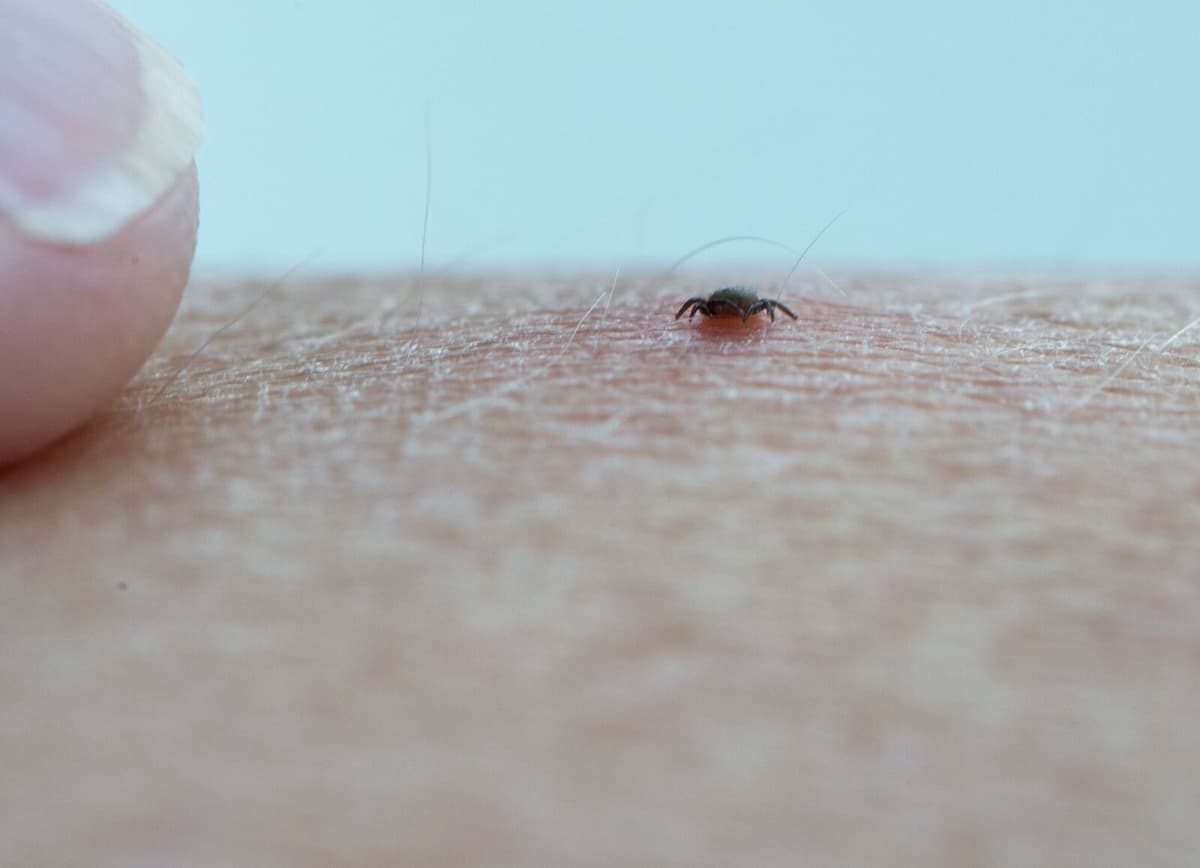Tick larvae have so far been considered harmless and one has not been aware of whether they can carry infections and if so, whether they can be transmitted to humans. Now, research from an ongoing study at Södertörn University shows that the larvae can actually infect humans.
They can transmit borrelia, a couple of other bacteria and the parasite babesia, says Patrik Dinnétz, who is the study's project manager.
Small risk of infection
The risk of becoming infected by a larva is smaller compared to a fully grown tick and it is unclear whether the larvae can also transmit TBE infection.
Since one was not previously aware that tick larvae can also infect humans, one does not know how many may have become ill from larval bites.
The study was conducted in Estonia, Latvia, and on the Åland Islands.
But if it can infect there, then it can also infect here in Sweden, says Patrik Dinnétz.
The larvae are very small and therefore difficult to detect.
”Scratch it off”
They are only one millimeter in size and have six legs. Nymphs, which we are most often bitten by, are two millimeters in size and have eight legs. The adult females, which are three to four millimeters in size, also have this.
If one discovers a tick larva on oneself, one should do the same as when one gets a regular tick: remove it as soon as possible.
Since they are so small, it is difficult to use tweezers. You can just scratch them off, says Dinnétz.
Diseases that tick larvae can transmit to humans:
Borrelia. The disease does not always give symptoms, but if it does, one can get a skin rash at the bite site one to four weeks after the bite. Sometimes borrelia can spread to the nervous system and joints.
Babesia. A relatively rare disease that gives malaria-like symptoms with fever and muscle pain.





